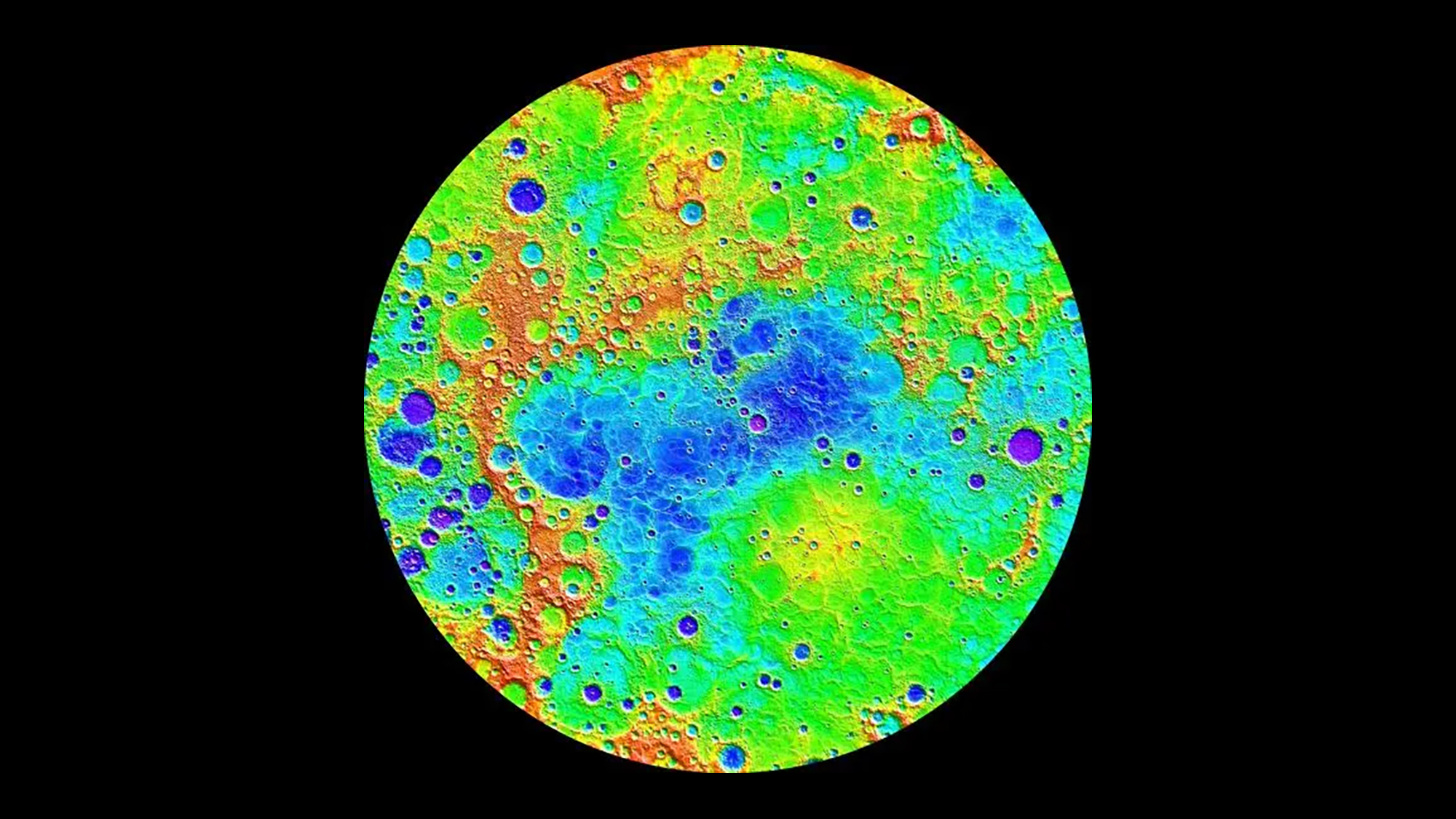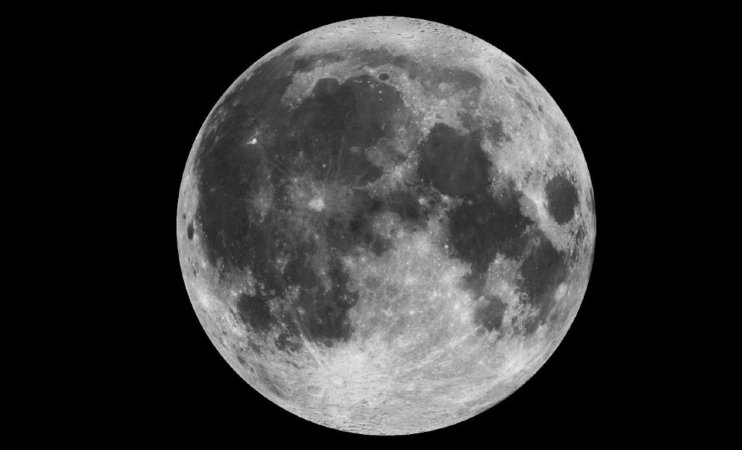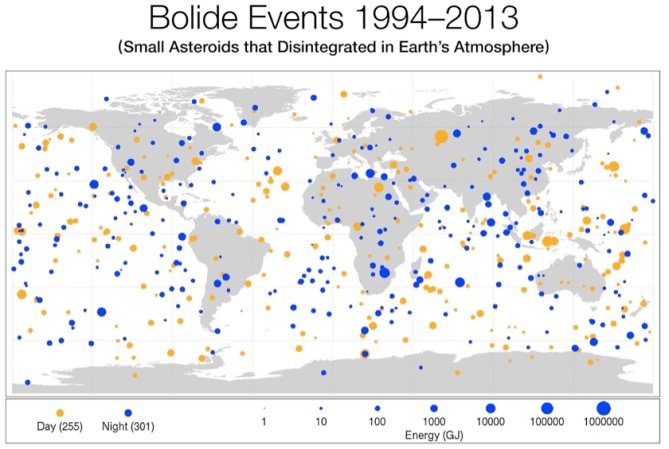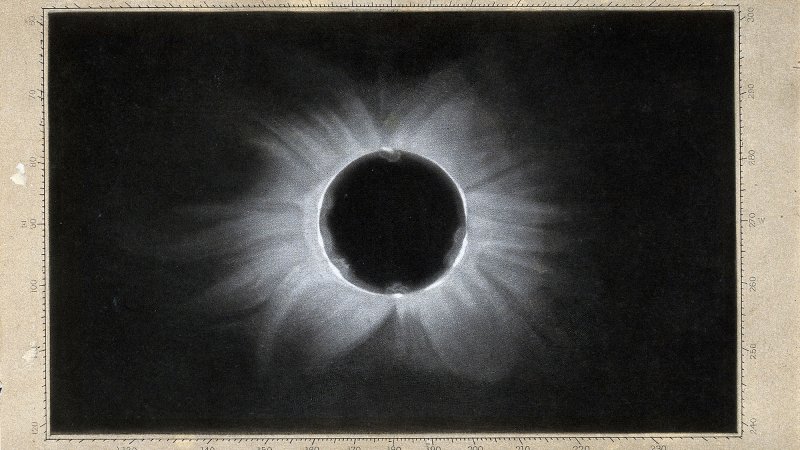Mercury retrograde is blamed for a whole host of problems in astrologically inclined people’s lives: flight delays, malfunctioning electronics, fights with your spouse, and more. This phenomenon happens a few times each year. From August 5th to 27th, we’re about to experience retrograde yet again. But how could a tiny planet like Mercury—the smallest in our solar system, only a third of Earth’s size—cause so much havoc from afar?
The simple answer? It doesn’t.
Humanity has ascribed meaning to the night sky for millenia, and Mercury is no exception. The term “Mercury retrograde” refers to the planet’s backward motion as seen from here on Earth. Given how predictably stars move across the sky from night to night, all in the same direction, it’s easy to imagine how jarring it would be for ancient humans to see something that looks like it’s going the wrong way.
The first documented observations of Mercury’s retrograde motion are from all the way back in 700 BCE, when Babylonian astronomers etched clay tablets with diagrams of the night sky. At that time, the motions of the heavens were mostly explained as the workings of the gods, and changes in the night sky were interpreted as some divine message. This idea persisted into ancient Greece, where Hermes (also known as Mercury in Roman mythology, the namesake of the planet) was the messenger for the gods. “Not only was he the translator and interpreter of information, Mercury ruled over commerce, wealth, good fortune, thievery and fertility,” explains Frederic Bertley, science communicator and president of the Center of Science and Innovation. “Thus, it was believed that a disruption of the God Mercury must manifest in events and impacts spanning the very domain of this messenger God.”

That superstition was also present in medieval Europe, where kings used astrologers’ interpretations of planetary motions to plan their conquest and guide major decisions. With the advent of the printing press in the 1400s, astrology as we now know it became much more popular.
Astrology and astronomy were deeply intertwined back then, whereas nowadays, the two are completely separate. We now know astronomy as the scientific study of the universe, whereas astrology doesn’t hold up to the rigor of the scientific method, making it a sort of pseudoscience. All the things that people think are more likely when Mercury is in retrograde, like experiencing a major catastrophe or some sort of personal chaos, aren’t really more likely.
That hasn’t stopped astrology from maintaining major popularity, though—about one in every four Americans believe in it to some degree, according to recent polls.
As curious as it seems, Mercury’s retrograde motion is actually a highly predictable cosmic phenomenon. The planet isn’t actually moving backwards, it just looks like it to us—a sort of optical illusion. “At different times a year, some planets will pass by other planets, making the illusion of a passed planet going in reverse,” explains Bertley. “It’s similar to driving down the fast lane of a highway at 75 mph and passing a car in the middle lane traveling at 60 mph. That passed car appears to be going in reverse, yet it is actually traveling forward very fast at 60 mph.”
Retrograde motion actually happens to every single one of the planets in our solar system. That is, every planet in the night sky will look like it’s moving backwards at some point. This is because retrograde motion is a natural consequence of the fact that every planet—from Mercury to Neptune—moves at a different speed in its orbit.
Kepler’s Third Law, a key bit of physics, tells us that the farther away a planet is from the Sun, the slower it’ll be in its orbit. Mercury whips around the sun in only 88 days, while Earth takes a more leisurely 365 and distant Neptune takes over 60,000. From our perspective on Earth, though, you won’t see even speedy Mercury zooming through the sky. In order to spot its retrograde motion, you’ll have to carefully track where it is compared to other stars from night to night.
Although Mercury is by far the best known, astrology proposes meanings for all the planets’ retrograde motions. But now, if you read your horoscope, remember that there’s an explanation for those celestial movements that doesn’t require you to break up with your partner or postpone a big event—it’s just the planets doing their thing according to the laws of physics.
























